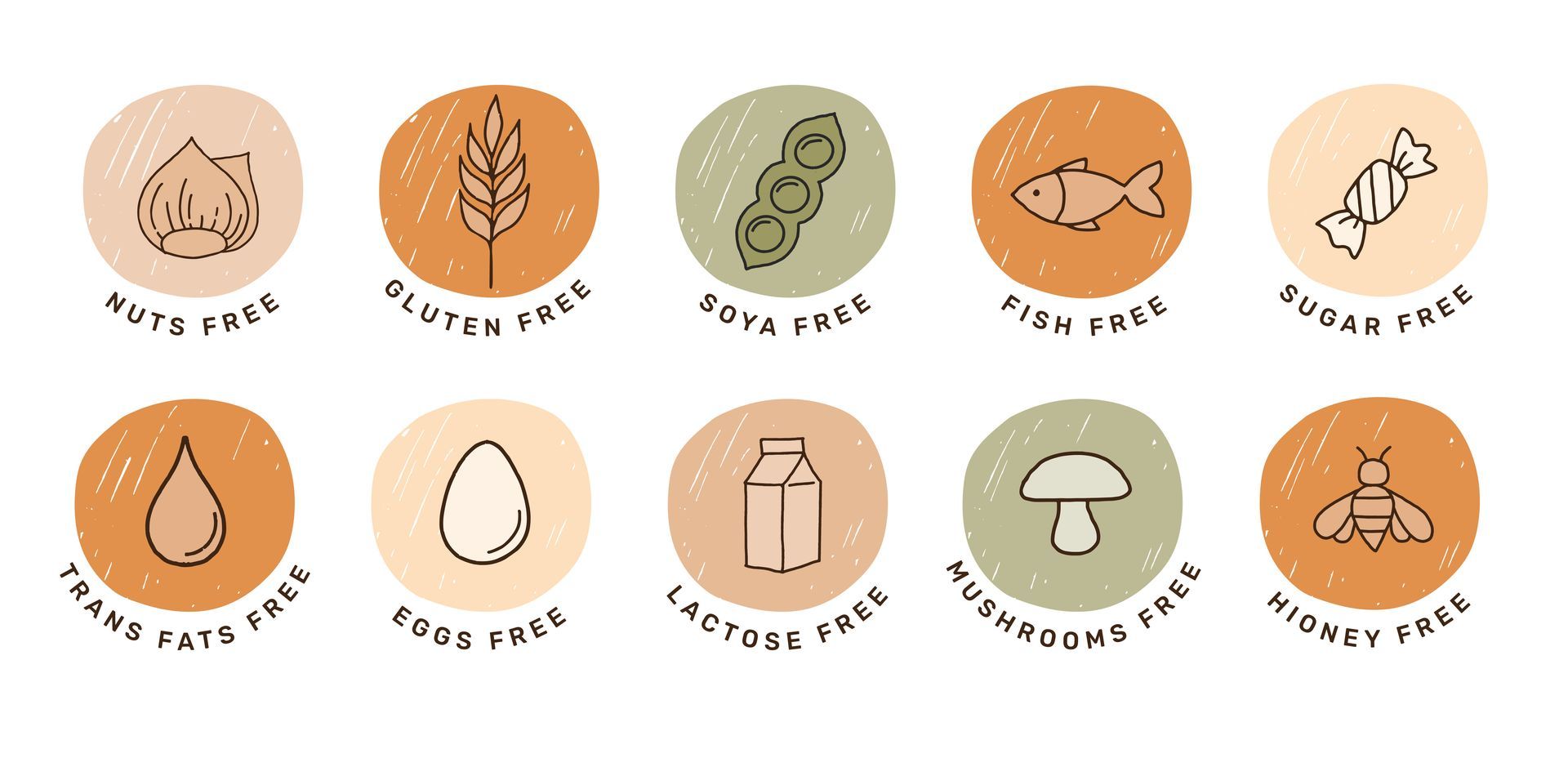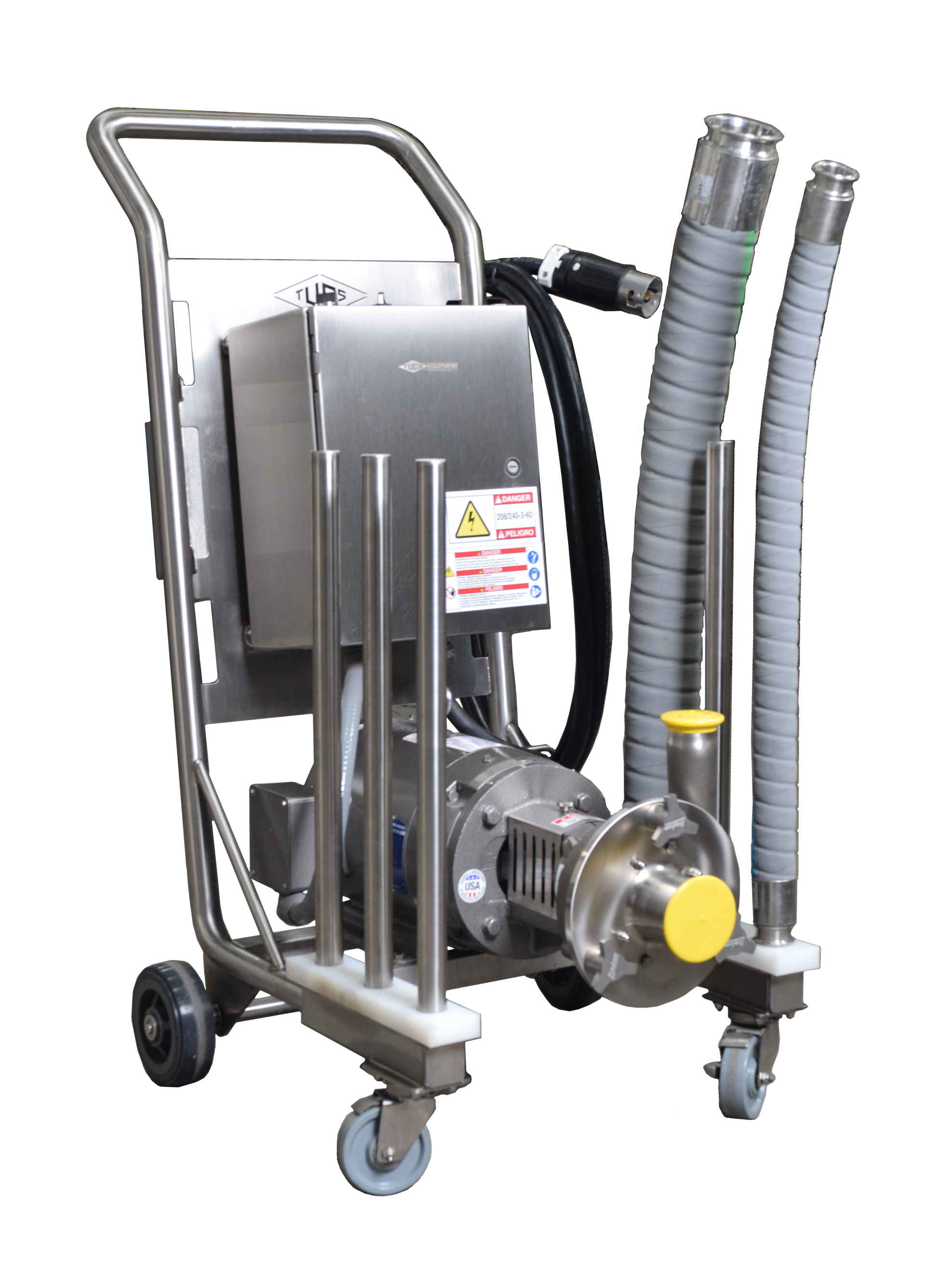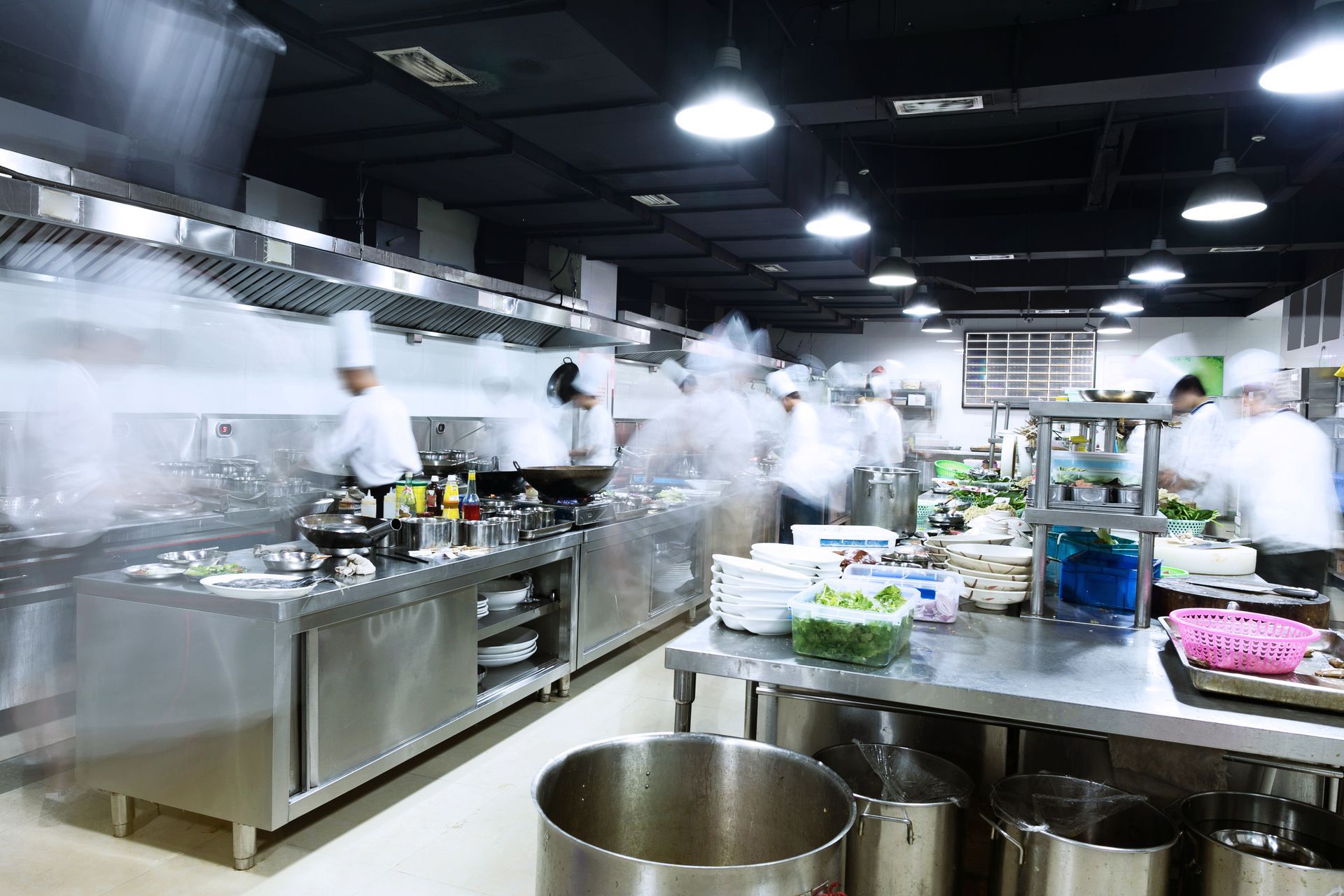Cook-Chill: The Ultimate Solution for Electric Kitchens
This is a subtitle for your new post
As commercial kitchens race to meet new environmental standards, electrification has become the buzzword of the decade. But the shift away from gas comes with its fair share of challenges—namely, maintaining performance, consistency, and throughput. Fortunately, there’s already a proven solution hiding in plain sight: cook-chill systems.
Here’s why cook-chill is the ultimate answer for electric kitchens:
1. Designed for Steam, Powered by Electricity
Most cook-chill equipment—kettles, baggers, chillers—is already built to run on steam. By simply integrating an electric boiler, kitchens can achieve the same high performance, responsiveness, and output traditionally associated with gas-fired systems. No need to compromise speed or scale.
2. Centralized Production, Decentralized Distribution
Rather than retrofitting multiple kitchens across a campus, district, or brand network, cook-chill allows operations to consolidate production in one centralized, high-output kitchen. Meals are batch-cooked, safely chilled, and distributed cold—ready for retherm and service at the point of need. This not only reduces infrastructure costs but also streamlines labor, training, and quality control.
3. Consistency at Scale
Electric kitchens can sometimes struggle with maintaining cooking precision across different locations. A cook-chill approach ensures that every portion is cooked and chilled identically, regardless of where it’s served. The result? Better food quality, less waste, and fewer customer complaints.
4. Built for the Future
As sustainability mandates tighten and utility costs shift, an electric cook-chill model positions your operation for long-term flexibility. It’s scalable, efficient, and ready to plug into any future energy grid—whether solar, wind, or otherwise.
Electric kitchens don’t have to sacrifice performance. With cook-chill and an electric boiler, you can unlock all the benefits of centralized production—without losing the firepower of a traditional kitchen.
Want to learn how to build an electric cook-chill kitchen that meets tomorrow’s demands? Let’s talk.



